| |
|
|
Botanical Name |
: |
Cassia auriculata L. |
English
Name |
: |
Tanner's Cassia |
Synonym(s) |
: |
Senna auriculata (L.) Roxb. |
Family |
: |
Caesalpiniaceae |
| |
General Info
| Description |
 |
|
A fast growing, evergreen shrub, up to 7m tall. 7 to 12 cm long; stipules large, persistent, leaflets 6 to 13 paris, slightly aromatic, orange gland between each pair of leaflets. Flowers yellow, in compound, terminal, corymbose, racemes; pedicels 2 to 2.5 cm long; bracts ovate, acuminate; calyx glabrous, segments leathery; petals with long claws, bright yellow veined with orange. Fruit pod, pale brown, oblong, obtuse 5 to 15 cm long, flat, appery flexible. Seeds 6 to 20, compressed tapering towards the base. |
| Herb Effects |
 |
|
Anthelmintic (fruit and leaf); alleviates spasms and antiviral (aerial part and root); stops bleeding (bark); coolant and reduces fever (leaf); anthelmintic, emetic (pods); alexipharmic and cooling (seeds); astringent (flowers) |
Chemistry
| Active Ingredients |
 |
|
Chrysophanol, rubiadin, emodin and nonacosane (pod husk); kaempferol (flower); beta-sitosterol (flower and pod husk). |
| Chemistry
of Active Ingredients |
 |
|
|
 |
Name |
CAS# |
IUPAC Name |
Formula |
Structure |
 |
|
| Chrysophanol |
481-74-3 |
1,8-dihydroxy-3-meth
yl-anthracene-9,10-d
ione |
C15H10O4 |
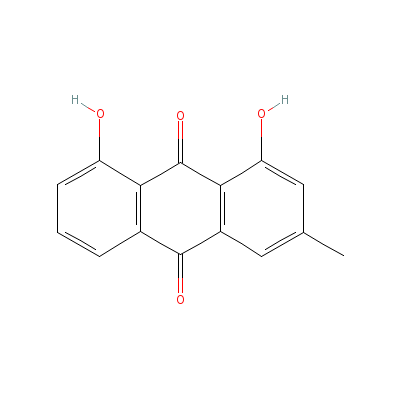
|
| Rubiadin |
117-02-2 |
1,3-dihydroxy-2-meth
yl-anthracene-9,10-d
ione |
C15H10O4 |

|
| Emodin |
Not Available |
1,3,8-trihydroxy-6-m
ethyl-anthracene-9,1
0-dione |
C15H10O5 |
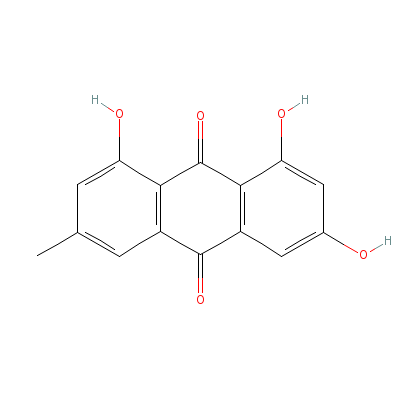
|
| Nonacosane |
630-03-5 |
nonacosane |
C29H60 |
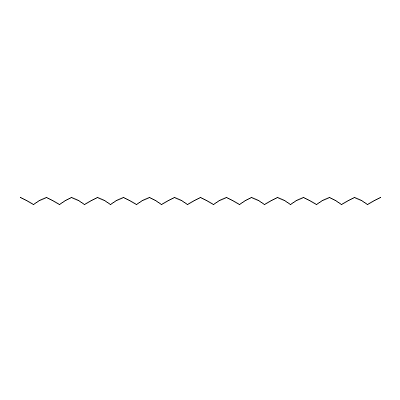
|
| Kaempferol |
80714-53-0 |
3-[3-[4,5-dihydroxy-
6-(hydroxymethyl)-3-
[3,4,5-trihydroxy-6-
(hydroxyme
thyl)oxa
n-2-yl]oxy-oxan-2-yl
]oxy-4,5-dihydroxy-6
-(hydroxymethyl)oxan
-2
-yl]oxy-4,5-dihy
droxy-2-(4-hydroxyph
enyl)-chromen-7-one |
C33H40O21 |
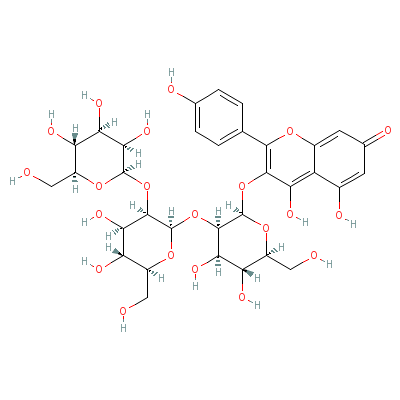
|
| Beta-sitosterol |
5779-62-4 |
17-(5-ethyl-6-methyl
-heptan-2-yl)-10,13-
dimethyl-2,3,4,7,8,9
,11,12,14,
15,16,17
-dodecahydro-1H-cycl
openta[a]phenanthren
-3-ol |
C29H50O |
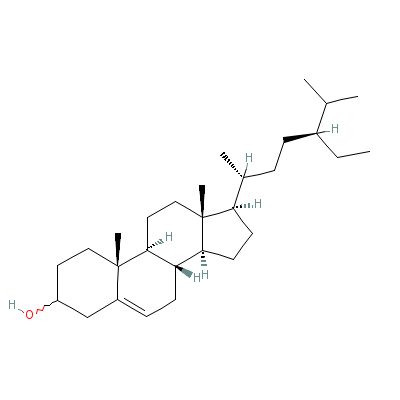
|
|
Pharmacology
| Medicinal Use |
 |
|
Diabetes (seed); skin diseases (root); to treat sore throat, enemas, rheumatism and eye diseases (bark); to treat chronic purulent opthalmia and conjunctivitis, gout, gonorrhoea, dysentery, diabetes cough and asthma; to treat urinary disorders and diabetes (flowers). |
| Reference |
 |
|
 Chandel et al., Biodiversity in Medicinal and Aromatic Plants in India. Chandel et al., Biodiversity in Medicinal and Aromatic Plants in India.
Grieve M. A Modern Herbal (1931) (www.botanical.com).
Johnson. T. CRC Ethnobotany Desk Reference (www.herbweb.com/herbage). |
Dealers
Products
|
|